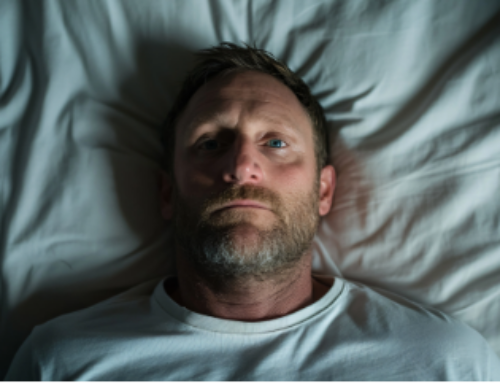Researchers from the Mayo Clinic have found that zolpidem, the drug often branded as Ambien and prescribed to help patients in hospitals sleep, has been associated with a significantly increased risk of falls.
“Our hospitals have an overall fall rate of about 2.5 per 1,000 patient days, which is lower than many national benchmarks,” says the Clinic’s Chief Patient Safety Officer and AASM board member Dr. Timothy I. Morgenthaler. “However, we have not been able to significantly reduce this rate in recent years. Now, we calculate that for every 55 patients who received zolpidem, there was one additional fall that may have been avoided by not administering the drug,” says Dr. Morgenthaler.
The findings were published online ahead of print publication in the Journal of Hospital Medicine. Sleep specialists from the Mayo Clinic found that the fall rate among the 4,962 patients who took zolpidem during their hospital stay was more than four times as high as the 11,358 patients who did not take the drug.
As a result of the study, the clinic is now phasing out zolpidem and moving toward sleep enhancement techniques that are not based on drugs and which they believe are safe and probably more effective.
“Ensuring that people get enough sleep during their hospital stay is very important, but it can also prove very challenging,” says Dr. Morgenthaler. “Patient falls are also a significant patient safety issue in hospitals and one that has been quite difficult to tackle, despite considerable efforts. Discovering that zolpidem, which is commonly used in hospitals, is a significant risk factor for patient falls provides us with additional knowledge to help tackle this problem.”
Clinical guidelines from the American Academy of Sleep Medicine recommend that sedative hypnotic drugs, such as zolpidem should be supplemented with behavioral and cognitive therapies, that the lowest effective dose should be prescribed and that medication should be tapered when conditions allow.





